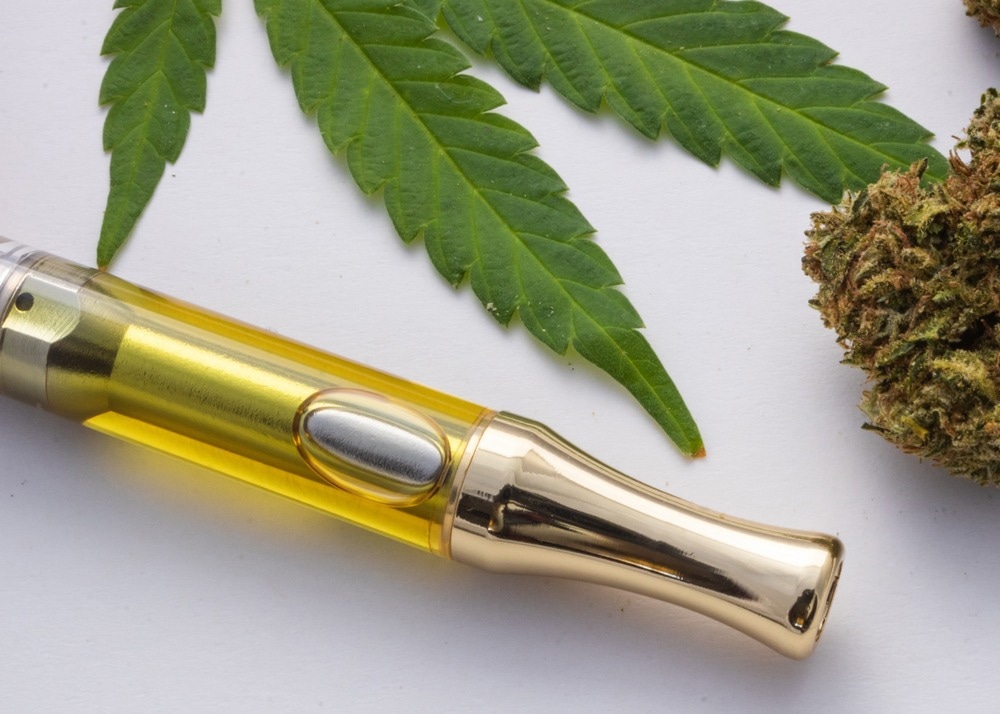Cannabinoid vaping products
Some of the common cannabinoid vaping products include D9-tetrahydrocannabinol (D9-THC), D8-tetrahydrocannabinol (D8-THC), as well as cannabidiol (CBD) products.
Several studies related to e-cigarettes or vaping have indicated the adverse effects, particularly in terms of their ability to cause lung injury, associated with cannabinoid vaping products. According to a February 2020 United States Centers for Disease Control and Prevention (CDC) report, 2,807 individuals were hospitalized and 68 deaths occurred due to utilizing cannabinoid vaping products.
Several studies have shown that among e-cigarette/vaping users with product use-associated lung injury (EVALI), 82% reported the use of THC vaping products, while only 16% reported using CBD vaping products.
Two of the main reasons associated with limited research on THC- and CBD-containing vaping products are regulatory factors and the significant evolution of the cannabinoid market. For example, the U.S. Drug Enforcement Agency Controlled Substances Act has classified THC under Schedule 1, which restricts accessibility to THC-containing products for scientific research.
Previous studies have shown that both THC and CBD vaping products contain silicones, humectants, vitamins, flavorants, terpenes, pesticides, and metals. Moreover, cannabinoid vaping products are typically characterized as concentrated “oils” and diluted “vape juice.” Pen-type devices are used for both types of products, in which concentrated oils are used at concentrations ranging from 700 to 1,200 mg/ml and vape juice from 15 to 50 mg/ml.



